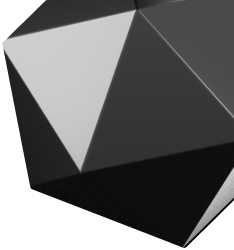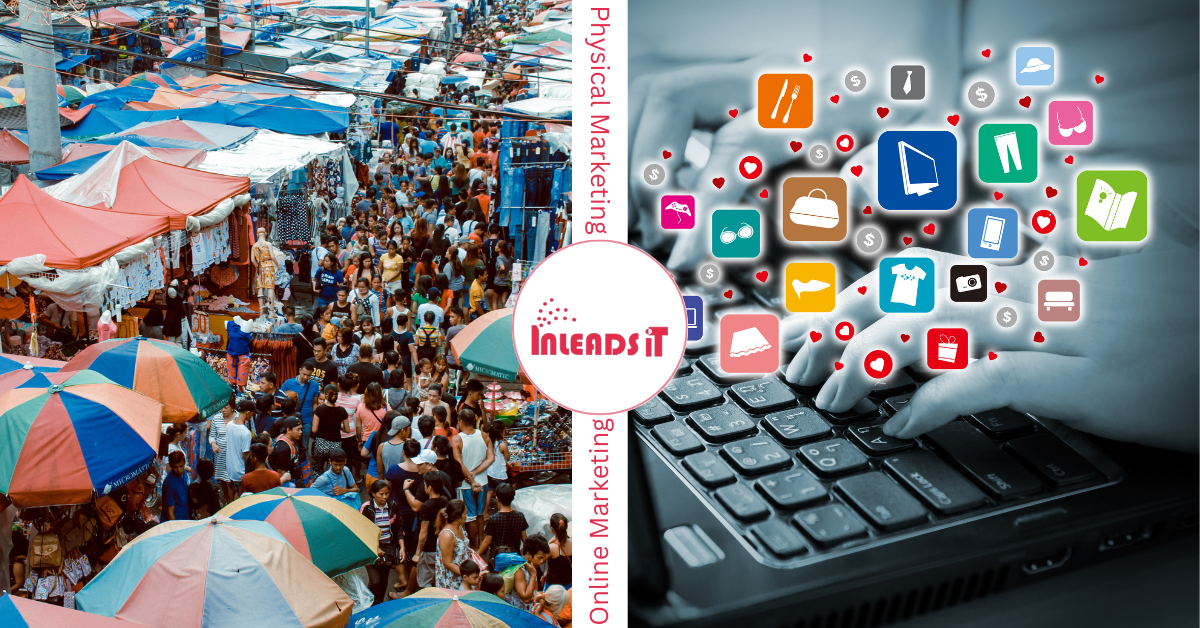
An infographic is the presentation of information or data in a visual way. Its name sums it up — info + graphic.
Infographics get shared more, viewed more, and loved more than most other content types. They are a powerful way to get your information out there in an explosively visual format. From an SEO point of view, an infographic is still one of the most effective methods of link building today. One study found that infographics were liked and shared on social media up to three times more often than other content. The viral potential is there.
Content 1: Meme
You’ve seen memes. They’re easy to make. They’re viral. They’re hilarious.
 Memes
Memes
That’s one of the great benefits of memes — their humor. People love something that they can laugh at, share, and get a kick out of.
How to do it?
Memes don’t require graphic design skills. Meme Generator and Quick Meme are sites that allow you to add your own text to popular meme images.
Memes may not be the best type of content to share on your blog, but they’re primed for social media outlets. Twitter, Stumbleupon, Pinterest, Reddit, and Tumblr (especially Tumblr) will help your meme to spread.
Memes are just-because content. When the mood hits or a funny idea strikes you, go ahead and meme it.
Things to keep in mind
They are adaptable. The great thing about memes is that they can be adapted for use in any niche. Your niche is neither too narrow nor abstruse to warrant its own meme.
Content 2: Videos
A good video communicates a message in a succinct and memorable way. If Done well, a video can be extraordinarily persuasive.
Content 3: Guides
A guide is a detailed and fairly long piece of content. Think of it as an epic blog post. It goes beyond the length, style, and approach of an ordinary blog post. people are interested in guides above normal posts.
You may present the guide as a downloadable PDF.
Content 4: Product and book reviews
A review is a simple discussion of a book or product plus your take on it. You recommend good ones, critique not-so-good ones, and share the value that you gain from them.
Content 5: How-to
The how-to is one of the most popular types of content used by almost anyone who is a professional blogger…
How-to articles have awesome long-tail search potential.
Content 6: eBook
eBooks are long content packaged in a different format, usually as a Pdf. They are often downloadable products, available for free in exchange for joining a mailing list. Producing an ebook helps to strengthen your authority within a field, and it makes for a powerful method of sharing your knowledge with others.
Content 7: Case Study
A case study explains what your product or service is and how it helped a client. The case study basically says, “here’s what we do, how we do it, and the results we get.”
Content 8: Podcast
Many people listen to podcasts during their commute or exercise. You have a chance to spread your message farther a
Content 9: Research and original data
Sharing research findings with others is a powerful way to drive traffic, build more trust, and establish authority. When you do the research, which is hard work, people respect that and share it.
Content 10: Lists
Like now you are reading a list. Lists are usually very useful in driving traffic they are very eye-catching. Most blogs use lists.




 Memes
Memes



